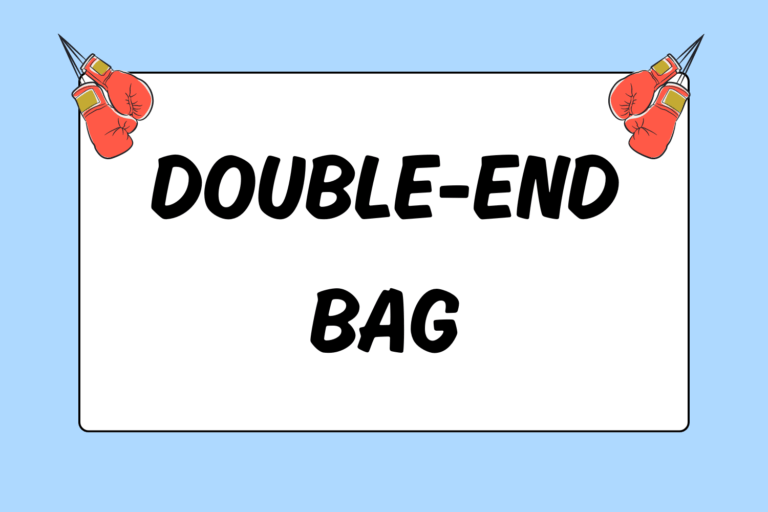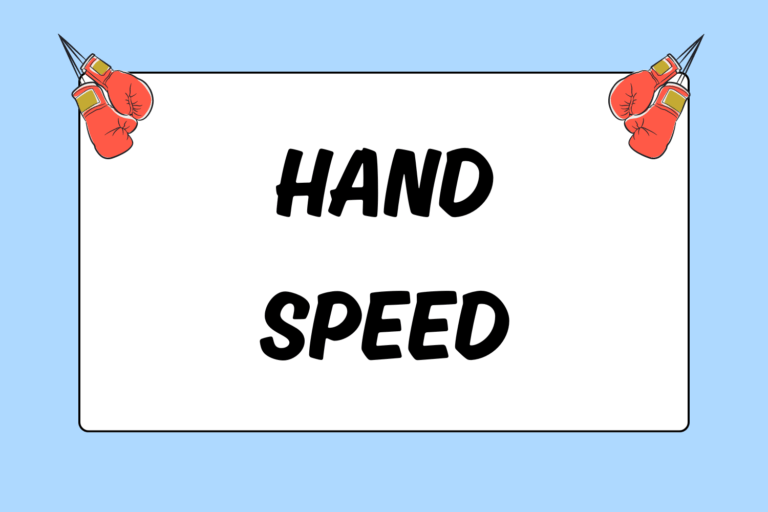It may come as a surprise, but boxing, unlike sports that have very standard facility dimensions, provides some flexibility when it comes to ring size. The standard in boxing is the square (ring, that is), which is arguably as symbolic as any shape is to a sport. Competitions of every level take place within a ring.
Governing bodies provide a range for ring size. Professional matches take place in rings that fall within a range of 18 to 24 square feet (5.49 to 7.32 meters), while amateur bouts require rings that fall within a range of 16 to 20 square feet (4.90 to 6.10 m). Larger rings tend to favor outside fighters who move well on their feet and prefer to fight in the center of the ring. Smaller rings tend to favor inside fighters who rely more on punching power and head movement. The smaller ring provides less space for the opponent of the insider fighter to move around.
Professional-level ring dimensions are difficult to pinpoint, as they vary slightly for different bouts. USA Boxing provides strict ring guidelines, though, all of which are either the same or very close to the guidelines implemented for professional rings. Ring dimensions for USA boxing are:
- The apron (floor) of the ring should extend at least two feet (60.96 centimeters) beyond the ropes
- The floor of the ring should be padded with a layer of one-inch (2.54 cm) foam covered by canvas
- When a ring is elevated, it should not be more than four feet (121.92 cm) above the ground.
- The ring should be equipped with a minimum of four ropes secured in the four corners of the ring by ring posts.
- Ropes must be at least an inch in diameter, made from rope, and covered in a soft material.
- If the colors red, white, and blue are used for the ropes, red should be the color of the top rope, followed by white.
- The bottom rope must be 18 inches (45.72 cm) above the apron of the ring, with each rope spaced a foot (30.48 cm) above the one below it.
- Turnbuckles in the corners of the ring must be padded. Turnbuckles are metal fixtures used to adjust the tension or length of the ropes surrounding the ring. In each corner, the ropes are connected to the post via the turnbuckle.
- Three sets of stairs must be next to the ring in order to provide a safe entrance for the participants, the referee, and the doctor.
In addition to the ring itself, supplies must be provided in order to make the facility complete. Plastic bags must be fixed in the neutral corners for the referee and ring doctor to place bloody cotton pads. A stool must be located in each of the two corners where boxers and their teams will meet between rounds. Tables and chairs must be provided for officials at ringside, along with a bell to indicate the start of a round. Officials at ringside must be given scorecards for matches at all levels counters for amateur bouts.
The Amateur International Boxing Association is the international body from which the Olympics base its dimensions. The dimensions for the ring in international competition according to the AIBA include:
- The size of the ring must be 20 square feet (6.10 meters).
- An elevated ring should be no lower than three feet (.91 m) and no higher than four feet (1.22 m) above the ground.
- The apron (floor) of the ring should extend a minimum of 18 inches (46 cm) beyond the ropes.
- The floor of the ring should have at least one half of an inch (1.3 cm) of padding and no more than ¾ inch (1.9 cm) of foam covered by canvas.
- The ropes surrounding the ring should be at least four cm thick.
- The bottom of the four required ropes must be 16 inches (40.6 cm) from the apron of the ring with each rope spaced one foot (30.48 cm) above the one below it.
- Each ring shall have three sets of stairs for entrance.
- The same supplies must be provided as those supplied in USA Boxing competition.





